Kindness isn’t kind to others when it’s deployed commercially.
Kindness: A drug-fuelled bender to brand success? Or a cooling route to cool?
In the first of a new series of SomeWhitePapers for 2023, SomeOne founder Simon Manchipp investigates if a fizzy drink has to be friendly to be sold?
Does a Mattress really need to have a witty headline to sell? Do brands succeed if they are visibly kind? Or is there something deeper in it all…
Why is academia so competitive? Because the stakes are so low.
If you fail. You’re not really losing anything.
What about brands acting in a kinder way?
Is there anything to lose by not being nice?
Or indeed anything to gain by wearing hearts on sleeves?
If a brand is functional, delivers a service, but nothing more, is that ok?
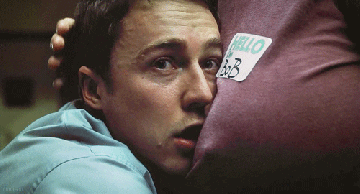
Science shows that when you get a hug. Your brain releases a head strong mix of what’s called the ‘feel good’ chemicals.
This mix of dopamine, serotonin and endorphins is massively potent. It makes you feel radically better. Many smiles occur.
Get another hug. Up you go again on the scale of happiness. Fuzzy feelings.
Same can be said of exercise. Push yourself for 20 mins physically and as you calm down, out come those naturally occurring happy drugs. And up you go.
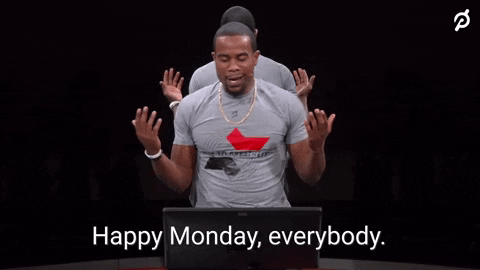
I love a spin class. We often do them en-mass at SomeOne. I’ve learnt I need to be cautious about the decisions I make directly after. I’m likely to agree to anything under the influence of this mood-altering, pedal-powered magic. ‘Can we get the new brand work for next week? — SURE!’
So far, so harmless (unless you’re being asked to deliver to a new, mad deadline). But here’s something else.
If we are not members of Peloton. If we are not doing the hugging. Or getting the hugging. But just seeing people hug… we also get a little bump of ‘FG Chem’.

Just witnessing an act of kindness, gives witnesses of it a chemical reward.
Witnessing the YouTube unboxing of limited edition Dunks or a walkthrough of PS5 gameplay releases similar neurological experiences as if you were doing it yourself. Same with Hugs.
You’ve got to ask why.
Why would the human body evolve to a point where we get free hits of ‘FG’ for dishing out a hug or glimpsing one?
The theory I subscribe to is that it’s an evolutionary development designed to promote kindness. Which in turn better connects people, societies and the human race in general. It rewards not killing the stranger that wanders past the cave entrance — but instead — inviting them in for a cuddle.

What’s this got to do with commercial Creativity? Why are you reading this here and not in NewScientist?
Well the same little baggies of FG you get from being kind, (or going for a personal best on the pedals), occur for products, organisations and services that display kindness. However, the stimulation of choice in the business world takes the form of commercial success, popularity and fame. Not an encouraging warm glow. Although the brand owners probably feel that too as their profits inflate.
Just as I tend to be more willing after digging into reserves of willpower to attend and extend myself on an exercise bicycle. The purchasing public find themselves more pliable after watching brands demonstrate their ability to display empathy for the human condition.
Look at the suite of ‘sadvertising’ we now find our televisions awash with at Christmas. Endless heartfelt observations surrounding moments of charming kindness. The weepy songs. The children anticipating disappointment. It’s been ramped up to 11. CocaCola Comms talk up ‘joy’ and ‘enjoyment’ all year long. It’s all there to illicit that observational emotive high.
Perhaps now we are oh-so-respectfully tapping towards ‘kindvertising’. Soft and friendly communications and branding as seen reclining in all those digitally native mattress brands that seem to proliferate across every London underground poster. Emma. Simba. HappyBeds… Et al.
It’s happening everywhere. Brands and branding often attempt to reflect and capitalise on public mood. So look at what’s out there, what’s popular…
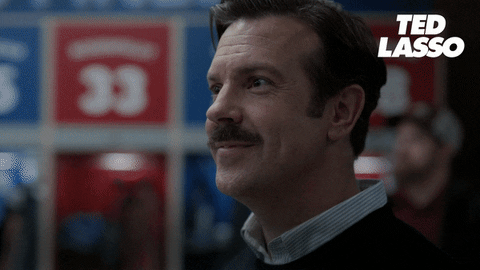

The favourite shows on the planet now circle kindness as central themes. From Ted Lasso who sets out to dramatise through faux lovely-dumb direction to The Repair Shop that looks to put warmth to work via nimble fingers and kindly stitches.
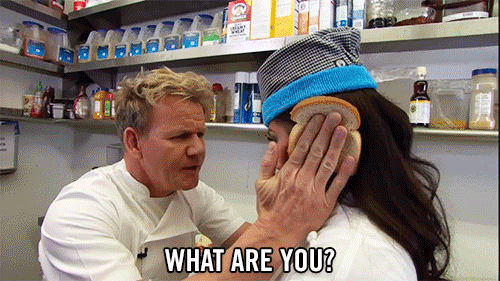
Seemingly deflated are the shouty swines of peak Chef Ramsey past. Even our potty-mouthed gourmet Gordon has baked in a softer scheme in his smash hit TV bromance with Gino & Fred. He might not be able to resist helicoptering into a location, but he’s soon taking lessons from a local Mum and publicly bowing to her greatness. Kindness has taken over where once pure unbridled fuckity aggression ruled.
So too in business has the horrid harsh cut and thrust been increasingly eclipsed by the stealth wealth and soft tones epitomised by the enviably eloquent Steven Bartlett and his addictive diary of a CEO. Welcome conversations highlight mental health and respect. Not hire and fire sharp practice. A recent interview on his podcast fell uncomfortably awkward as the guest regaled how she loved to, ‘Fire people on a Friday’ a sentiment so at odds with KindnessKulture.
Brands and their strategists rush to install reassuringly emotionally positive purposes show that the pull of kindness-powered endorphins is universal. (Perhaps the same can be said of brands that push themselves, much like the room full of sweaty spinners, they come out of a brand refresh invigorated and willing to try new things.)
From borderline greenwashing to wholly ludicrous post rationalisation. Brands have adopted all manner of mad but warm purpose propositions in the hope they will tug staff and clients closer.
It’s worked for many brands — and notable kindness-fuelled forays into Race (Spotify), Diversity (AirBnB) have successfully led needed high-profile, complex conversations.
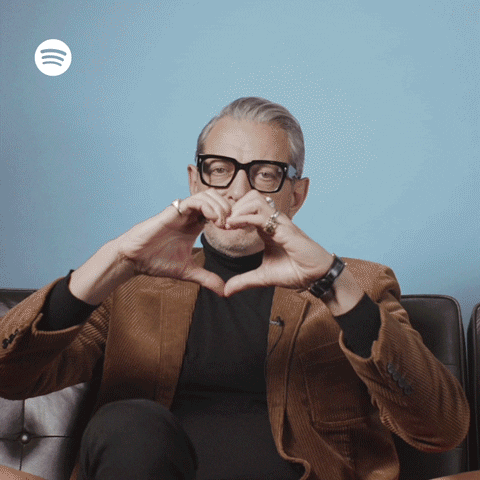
After all the science and observations of past success, the gold rush of excitement circling positive purpose may now be cooling. Several brand projects I’ve worked on recently have started with ‘and none of that fuzzy purpose nonsense’ explicitly in the brief. Clearly some CMO’s are looking to buck what they see as navel gaze.
So while kindness seems to have firmly set up a stall promising brand success, as ever, it’s the outsiders, the buckers that may begin to appeal. Not the blissed out masses. They stand out. After all, branding has a key demand that fails to dwindle.
Get noticed.
Differentiate.
Tell a memorable story.
Create a monopoly.
Deeply at odds with kindness, but brutally in line with capitalism.